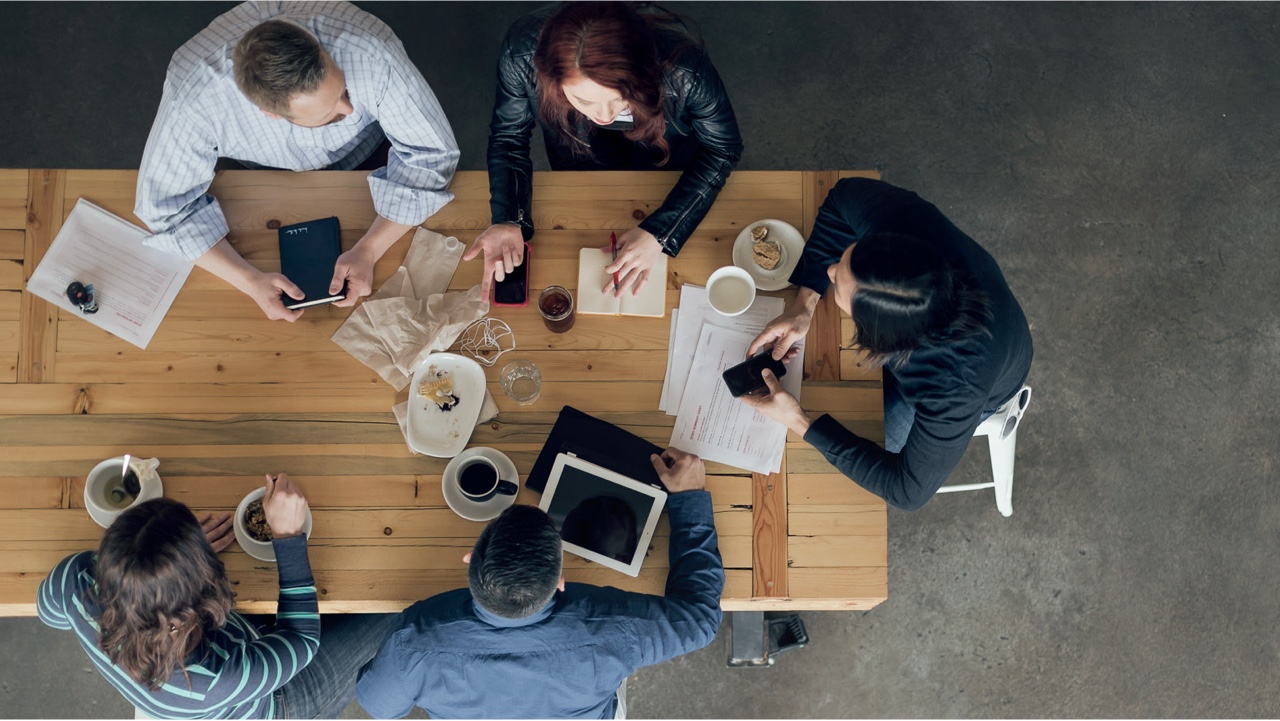- Course
Rendering Interiors in XSI
Learn a time-saving workflow to rendering interior sets and production-tested mental ray techniques that can be used for film, games, and architectural visualizations. Software required: XSI 6.0 and up (XSI 6.02 is required to open project files).

- Course
Rendering Interiors in XSI
Learn a time-saving workflow to rendering interior sets and production-tested mental ray techniques that can be used for film, games, and architectural visualizations. Software required: XSI 6.0 and up (XSI 6.02 is required to open project files).
Get started today
Access this course and other top-rated tech content with one of our business plans.
Try this course for free
Access this course and other top-rated tech content with one of our individual plans.
This course is included in the libraries shown below:
- Core Tech
What you'll learn
Learn a time-saving workflow to rendering interior sets and production-tested mental ray techniques that can be used for film, games, and architectural visualizations. Contains four hours of project-driven training. Ideal for intermediate artists. Popular highlights include: Emitting Photons from Light Sources; Fine-tuning Global Illumination Results; Smoothing Global Illumination Results with Final Gather; Using Architectural Materials in XSI; Overriding Photon Properties; Adding Realism with Ambient Occlusion; Utilizing Multi-bounce Final Gather as GI Alternative; Outputting Images to 32-bit .EXR Format; Modifying Geometry for Optimal Global Illumination; Setting up Render Passes in XSI; BSP Memory Optimization Techniques; Using Custom XSI Shaders; Compositing Rendered Passes in External App; Adjusting Exposure Settings. Software required: XSI 6.0 and up (XSI 6.02 is required to open project files).

